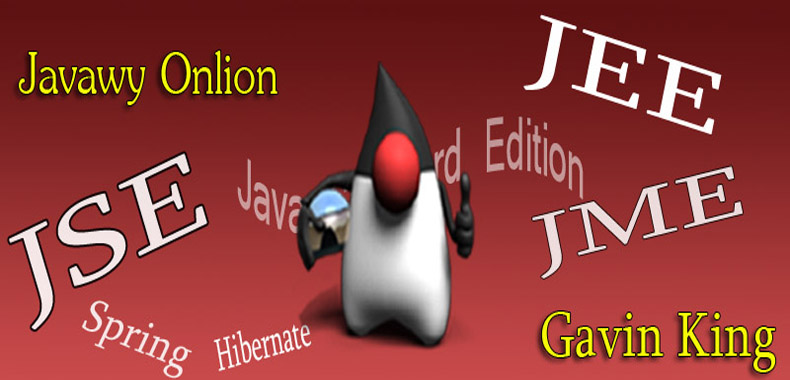Freelance Programmer Projects
A freelance programmer like you is always in need of a project, through which he can show his skills and ability to his client and in the end earn his bread and butter. You, being a freelance programmer need to handle many clients and make each one of them happy. For this, you have to be sure that your client should have your entire attention and you give him the best of your capability
Where, what sites?
There are many assured and secured web sites for a freelancer, who works as programmer, from where you can get the project. These sites are a portal for both buyers and coders. Buyers put in their requirements and the coders can bid for their projects.
But, it is most important point for you as a [TAG-Tec]freelance programmer[/TAG-Tec] to select an appropriate project. A freelance programmer like you must be very careful while selecting the project. It is better if you choose a project which is similar or same as that you have worked before.
You, as a freelance programmer, must at least be aware of the specifications and requirements of the project, so that it will always be easy for your buyer to communicate his requirements to you and help you to understand them and provide your buyer the best product.
However, there are few sites which look attractive but are not secured by any means. So both the buyers as well as the freelance programmers have to be well aware of such traps.
Here are some of the best sites for a freelance programmer:
What are you looking for?
You as a freelance programmer must look forward to reach a well established and permanent client who would select you from a large set of coders and would always like you to work on all their projects. You, being a freelance programmer, are always in need of clients. There are many buyers who want freelance programmers to work for them and once it is done, they pay them and forget them as these freelance programmers are not very important for them.
But the client is very important for the for you. Hence, you as a freelance programmer must always establish and maintain a good relationship with your client. You must always try to gain trust and belief in your client's mind. Customer service skills play a major role along with the coding and technical skills. Although you are dealing with a number of clients, you have to treat each client as if he is the only person whom you are serving. You always have to put yourself in your client's shoes and look at the project from their perspective.
You must avoid assuming that you yourself know much better than the client does.
Discussing all the topics with the client would help to avoid all sorts of discrepancies. Since the client is paying you to deliver a product or service, you're obligated to deliver the way and within the time limit he wants it.
Are there any parts where money is better?
You must know the scope and demand for freelance programmers in the international market. Due to the rapid change in IT, the demand for work and hence the demand for freelance programmers changes. There are various areas like games, websites, graphic designing, animations and never ending databases where freelance programmers like you are preferred.
Games are usually incorporated along with high resolution graphics and animation. If you are good in 3D graphics and animation then this is one of the best area that offers good money. A very high level of intelligence is also included. So if you as a freelance programmer are aware of some AI techniques used in games, then there is a bright chance for you to make good money.
Most of the companies all over the globe are on the way of being online. Many large companies are trying to bring up attractive and effective sites. So, if freelance programmers like you possess all the qualities of a web developer, then this is the part for you to win. Databases are in demand since a long period of time. But, nowadays, there is a
large scope for distributed ones. Freelance programmers working on databases like Oracle9i onwards, MySql, SQL SERVER can earn good money.
There is a boom for open source technologies in the International market. Combining PHP, MYSQL, PERL, CGI, PYTHON, Java is on a very high demand. There is a large scope for embedded systems and mobile computing, thus bringing money and fame.


